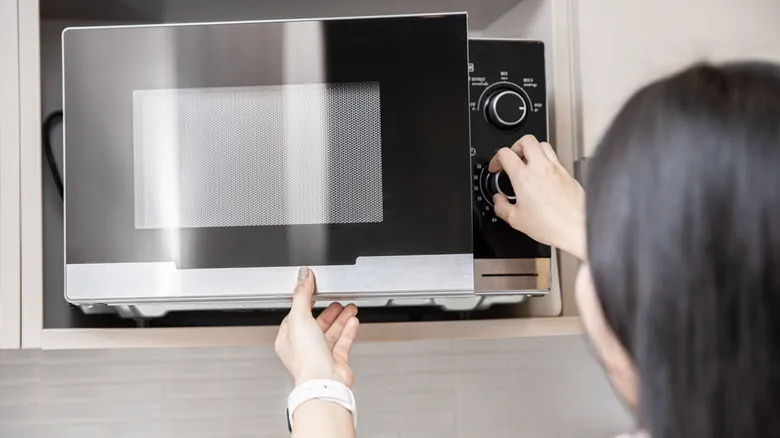Use your power level button to cook food less aggressively

When your microwave operates at full power, it continuously emits microwaves into your food for the entire cooking duration. If you're warming a delicate item like eggs or softening butter, you wouldn't use maximum heat on your stovetop, would you? The same principle applies to the microwave. By adjusting the power level to 7, or 70%, you're allowing your food to cook more gently. This means the microwaves are intermittently pausing, heating your food's molecules only 70% of the time. The result is a slower, gentler cooking process, akin to using a lower flame on the stove. The power level feature is particularly useful for cooking grains, defrosting frozen items, or softening butter, in addition to eggs.
While using a lower power setting, your food continues to cook due to residual heat. The heat already absorbed by your food keeps it warm during the intervals when microwaves are not being emitted. Another advantage of the power level setting is that it reduces the likelihood of overcooking, minimizing the risk of burning or excessively melting your food. Even when using lower power, remember to adhere to standard microwave safety guidelines and avoid placing any microwave-unsafe materials, like Styrofoam, inside.
Recommended

For A Meaty-Tasting Jackfruit, Break Out The Slow Cooker

Do You Really Need A Boning Knife?

The Telltale Signs It's Time To Replace Your Wooden Spoons

The Towel Hack That Prevents Your Bowls From Sliding While You're Mixing
Next up

